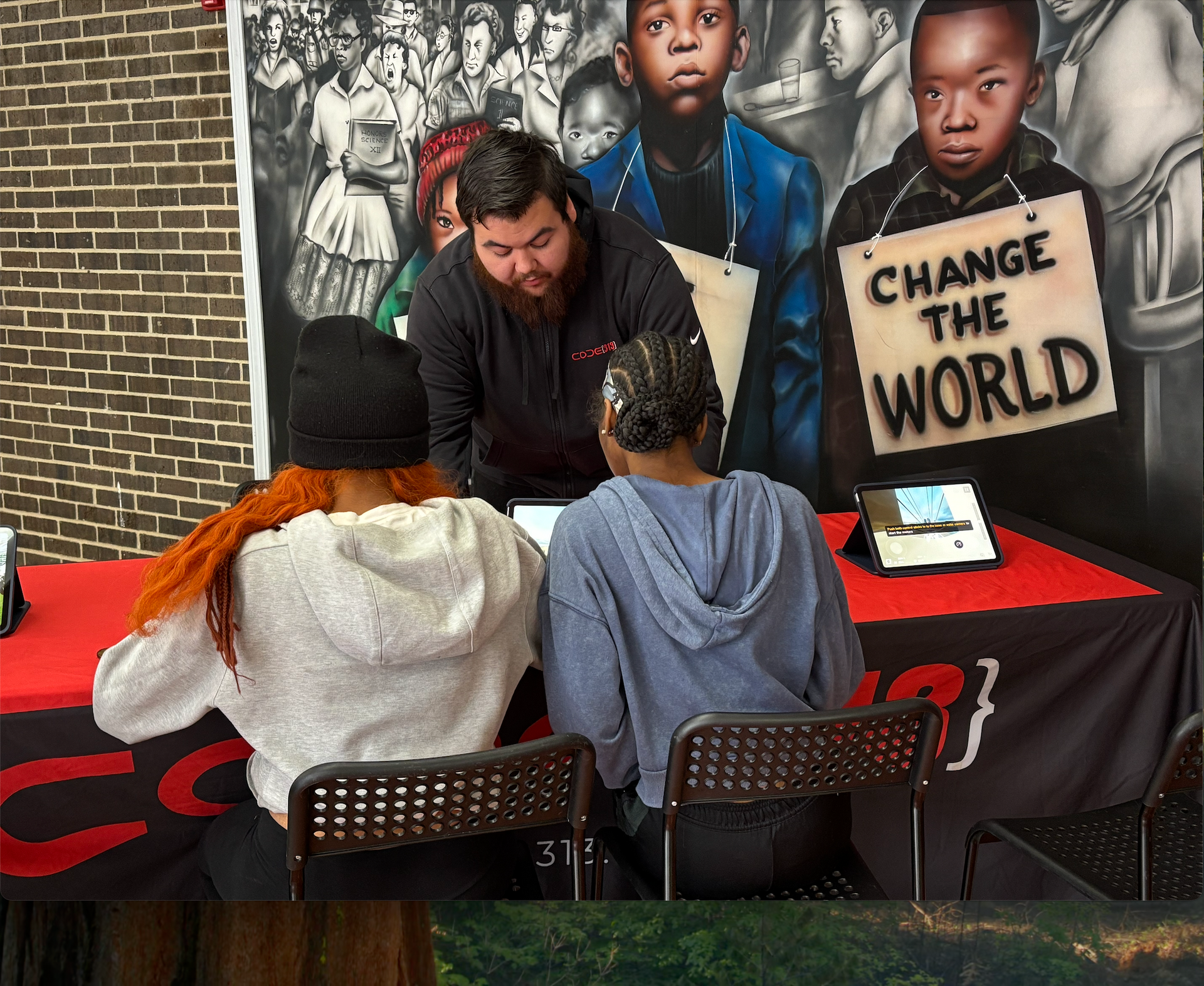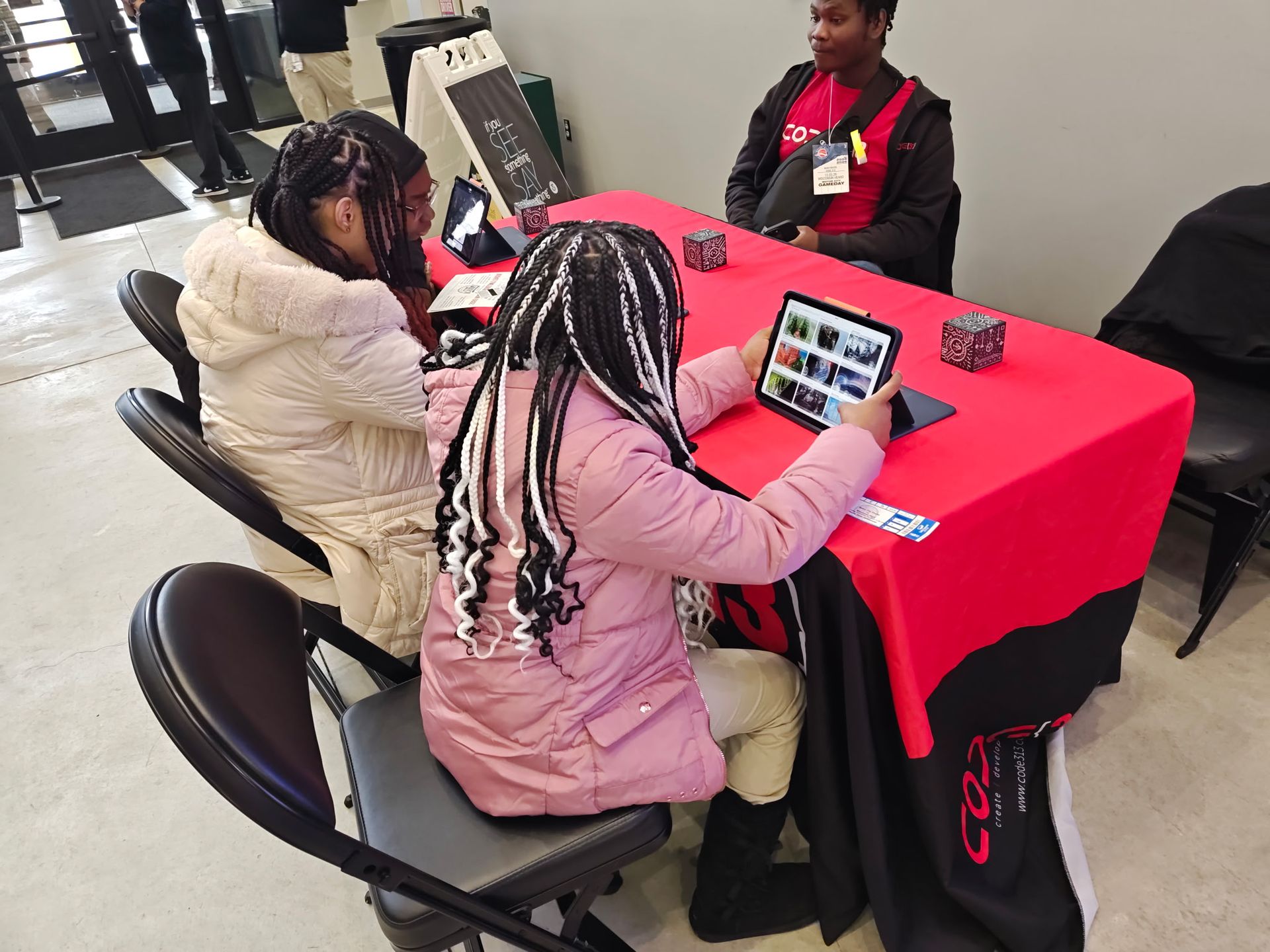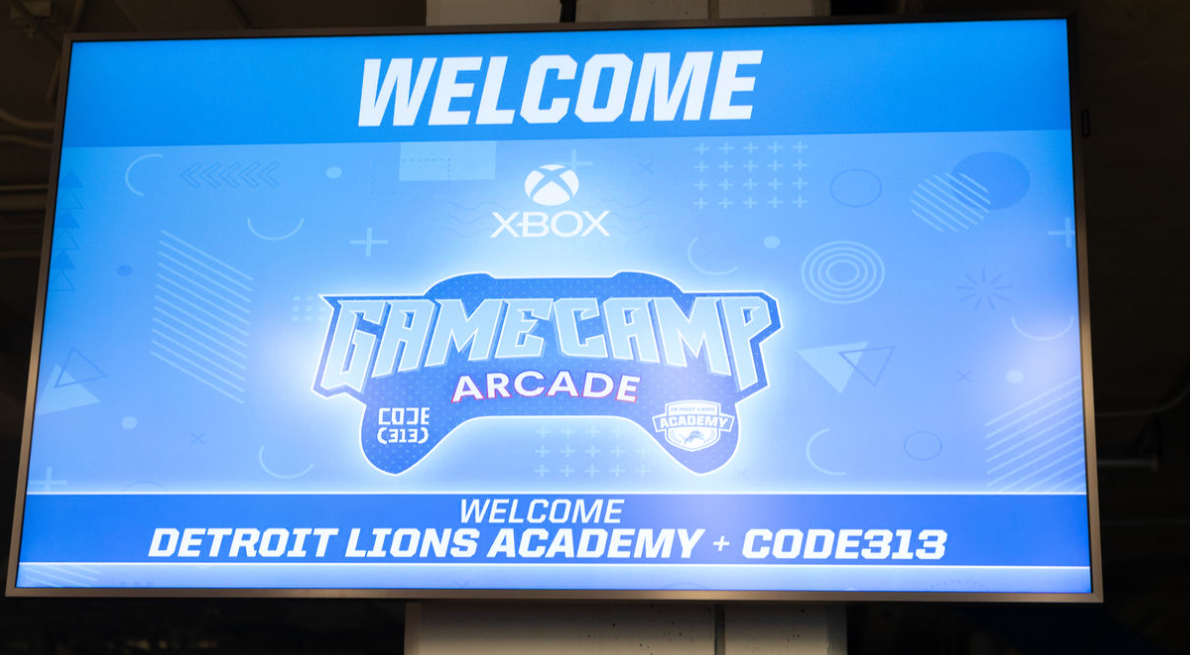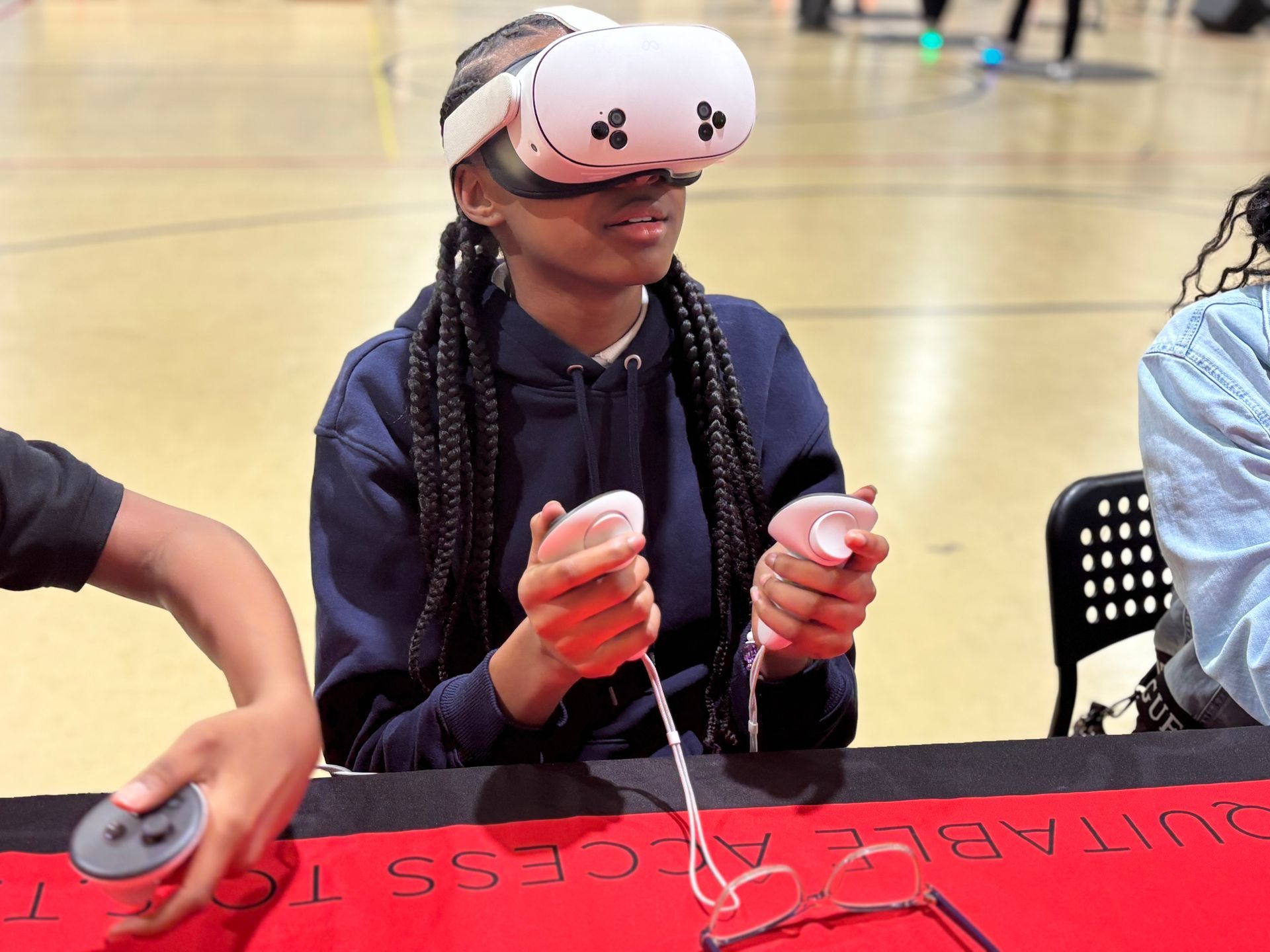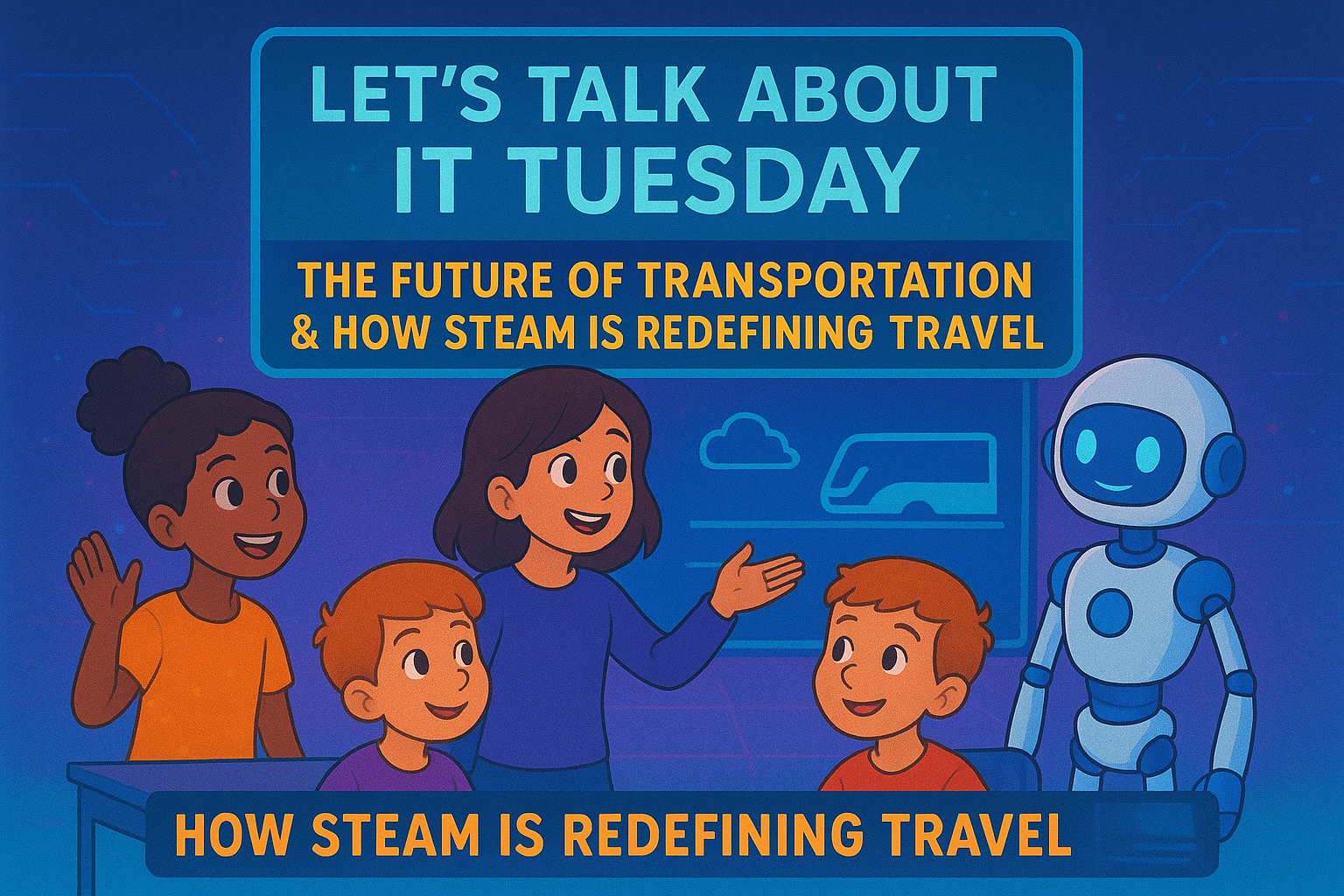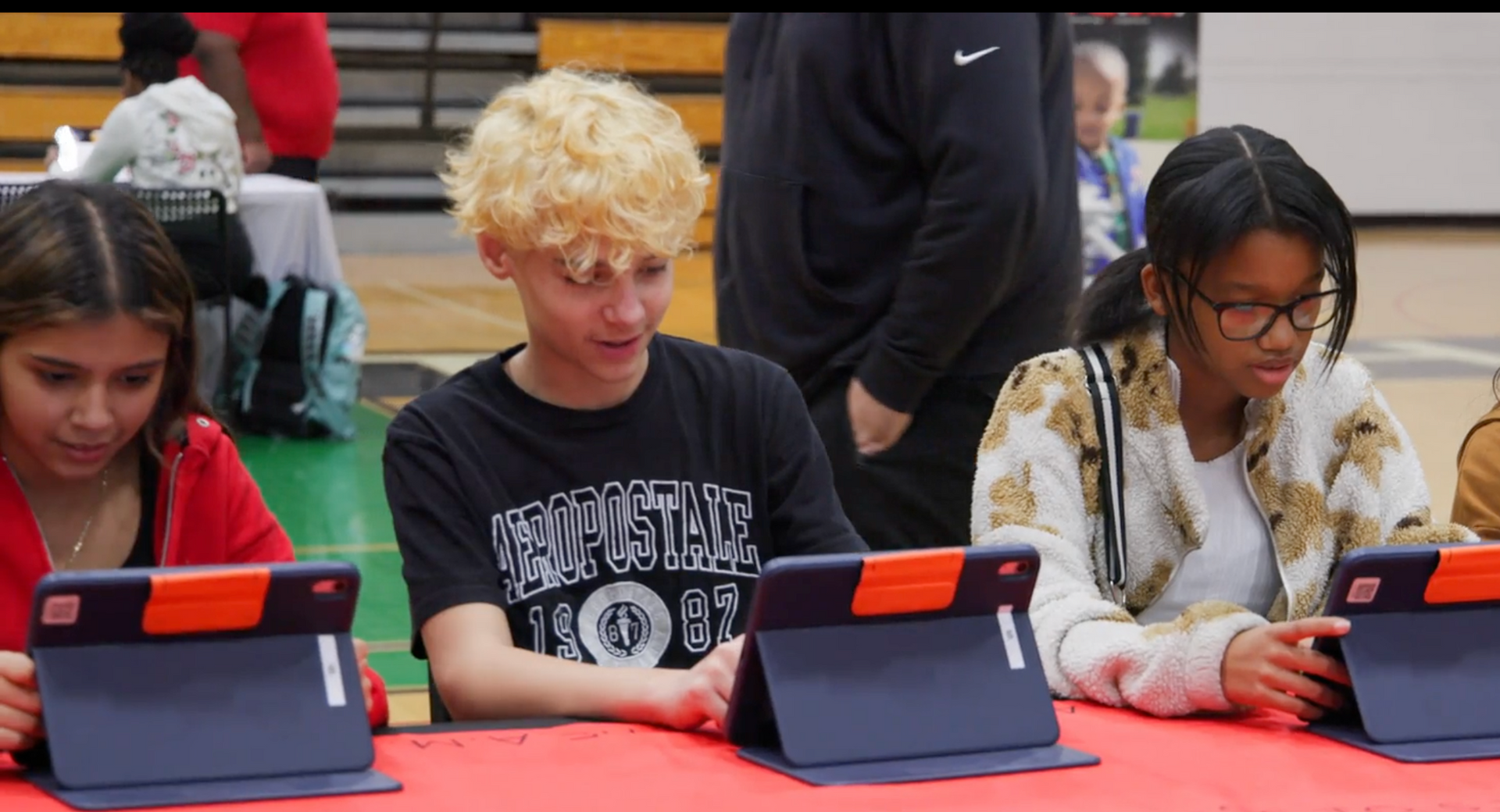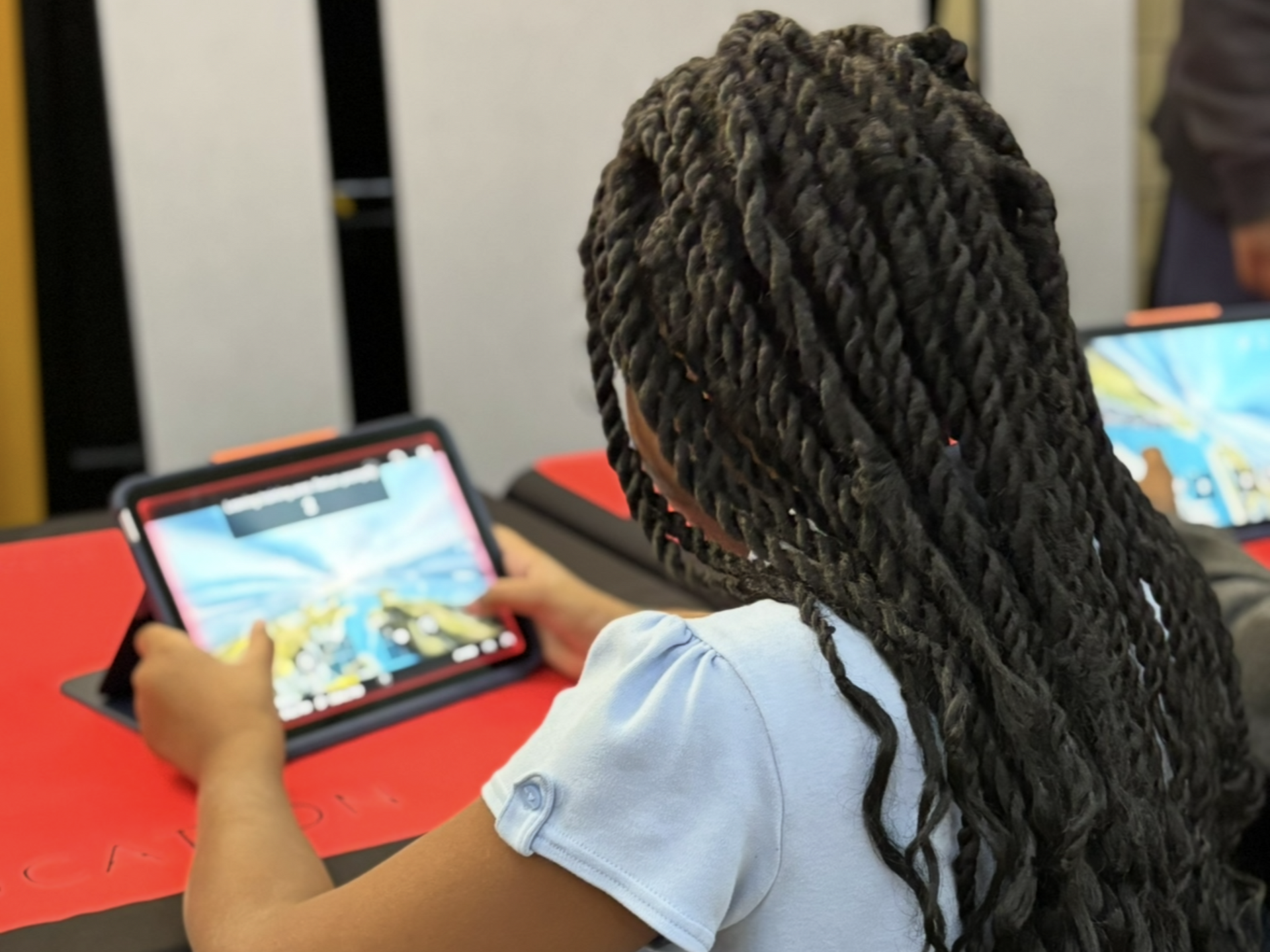Let’s Talk About It Tuesday: Why the 'A' in STEAM Matters More Than Ever
Let’s Talk About It Tuesday:
Why the 'A' in STEAM Matters More Than Ever

Let’s Talk About It Tuesday: Why the 'A' in STEAM Matters More Than Ever
When we talk about STEAM—Science, Technology, Engineering, Arts, and Math—a lot of people still wonder, “Why include the Arts?” For a long time, STEM (without the “A”) was the standard. But as education continues to evolve, so does the understanding that creativity is just as crucial as coding or calculations.
So today, let’s talk about it: how the Arts became part of STEAM and why it’s a game-changer for the future of learning.
The Shift from STEM to STEAM
Originally, STEM education was designed to boost innovation and prepare students for careers in science, technology, engineering, and math. It focused on critical thinking, problem-solving, and technical skills.
But educators, researchers, and even industry leaders began to notice something: innovation doesn't just come from logic and formulas. It also comes from creativity, design, storytelling, and imagination—everything the Arts represent. So the "A" was added, and STEAM was born.
What Does 'Arts' Mean in STEAM?
The "Arts" in STEAM doesn’t just mean painting or drawing. It includes:
- Graphic design
- Music and sound engineering
- Performing arts (theater, dance, expression)
- Creative writing and storytelling
- Architecture and design
- Film, photography, and digital media
The Arts help students become better communicators, critical thinkers, and collaborators. It allows them to take complex ideas and turn them into something visual, emotional, and memorable.
Why the Arts Matter in Innovation
Think about some of today’s biggest tech companies—Apple, Pixar, Nike, Tesla. Their success isn’t just because of science or engineering. It's because they combined function with design, logic with emotion, and technology with storytelling. That’s the power of STEAM.
In fact, the National Endowment for the Arts reports that students involved in arts-integrated programs often perform better in math and science and show improved problem-solving skills.
STEAM in Action: Creative Innovation Examples
- Students using animation to explain scientific theories
- Young entrepreneurs building fashion lines using coding and 3D printing
- Musicians writing songs to raise awareness about climate change
- Robotics teams designing robots with character and personality for performance-based challenges
These examples show that when the Arts are included, learning becomes more engaging, dynamic, and real-world relevant.
Where Do We Go from Here?
Schools and programs around the world are embracing STEAM because they see its power to inspire well-rounded thinkers and doers. Whether you're a future scientist, designer, engineer, or artist, STEAM education helps you dream bigger—and bring those dreams to life.
Let’s keep the conversation going:
- What does creativity mean to you?
- How do you use art in your daily life—even in tech or science?

